 Feature
Feature
 Photography by THE AUTHOR
Photography by THE AUTHORlot of us got our introduction into the world of custom car culture through the patriarchs of our families, whether it was our fathers or grandfathers. Each of our particular inspirations are as different and unique as the men we looked up to for them. Watching these very vehicles come together made such a lasting impression on our collective outlook and approach to building one-off cars of our own.
While in the trenches of car shows and coffee meetups, our eyes are always open to spot that next muscle car to feature and to learn the story of how it came to be. Upon first glance, this cool blue ’68 Camaro RS made its presence known with its classic, performance-centric styling. It has a stance that commands attention, and with one peek under the hood, it’s apparent that this car can certainly back up its bark. So where did this Camaro Rally Sport come from? To find the answers we were looking for, we struck up a quick chat with its owner, Mike Harada, to help fill in the blanks.
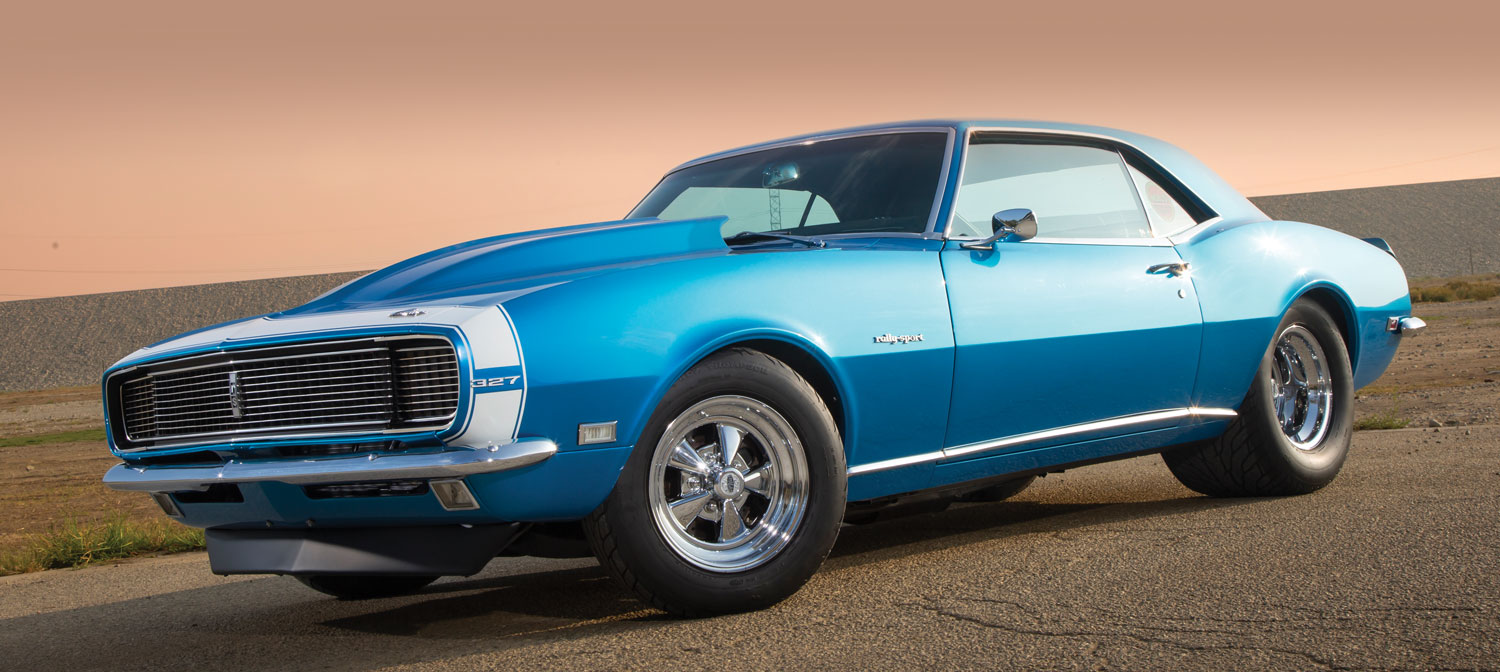
“When Mike first contacted me to find and build a Camaro for him, I couldn’t say ‘no!’ fast enough,” Oshiro admits. While he still had a love for making cool cars go fast, Oshiro was more interested in working on cars for himself now (something he couldn’t always focus on while running his shop) and taking things a little slower in his later years (he is currently 83 years old). “Once Mike told me that he was soon moving from our shared city of Los Angeles to my old hometown of Honolulu, Hawaii, and that a couple of his friends’ dads still own and drive the cars that I built for them in the past, I felt a connection there and a desire to take on this project.”

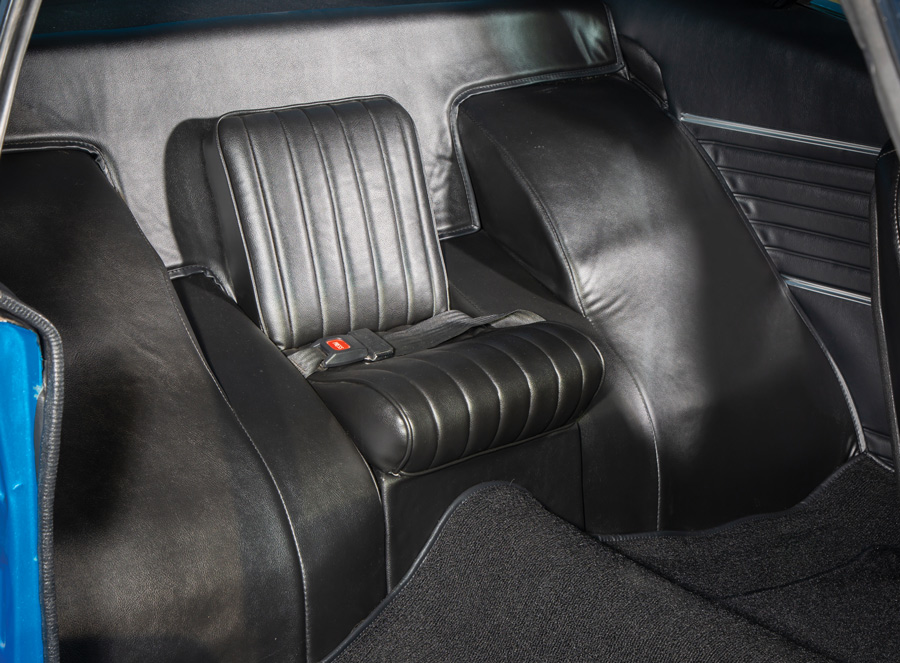
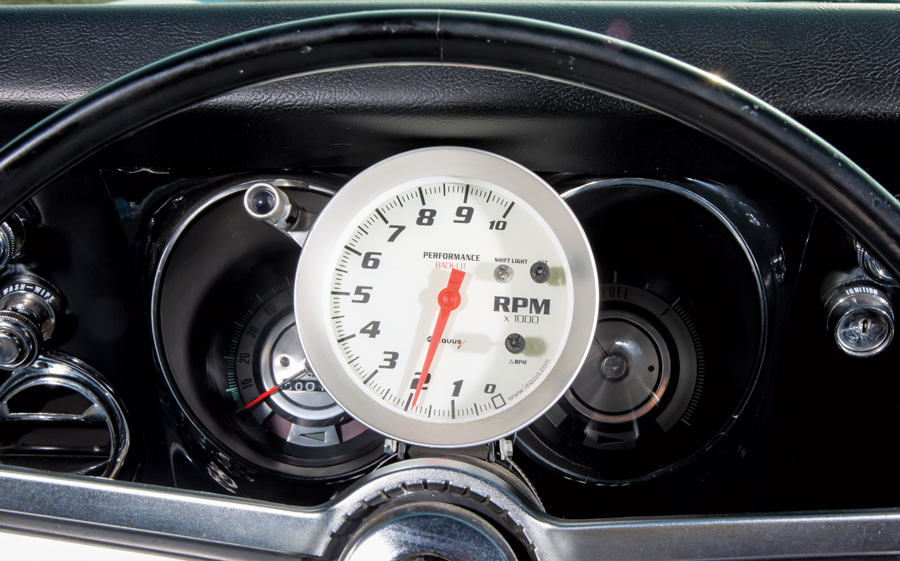
It didn’t take long for Oshiro to track down the perfect Camaro to serve as the base for the project. He found this ’68 at a friend’s body shop, and aside from some existing damage to the front and rear fenders, the car was near perfect in condition. Before Mike realized, Oshiro was already planning the next stages of the build. His approach to putting cars together has stayed true to how he would’ve done things back in the ’60s. The amount of OEM replacement parts or factory-reconditioned components far outweighs the use of brand-new aftermarket accessories—even the size of the 15-inch wheels remains modest in diameter to ring true to how they would’ve been selected if this car was customized 50 years ago.
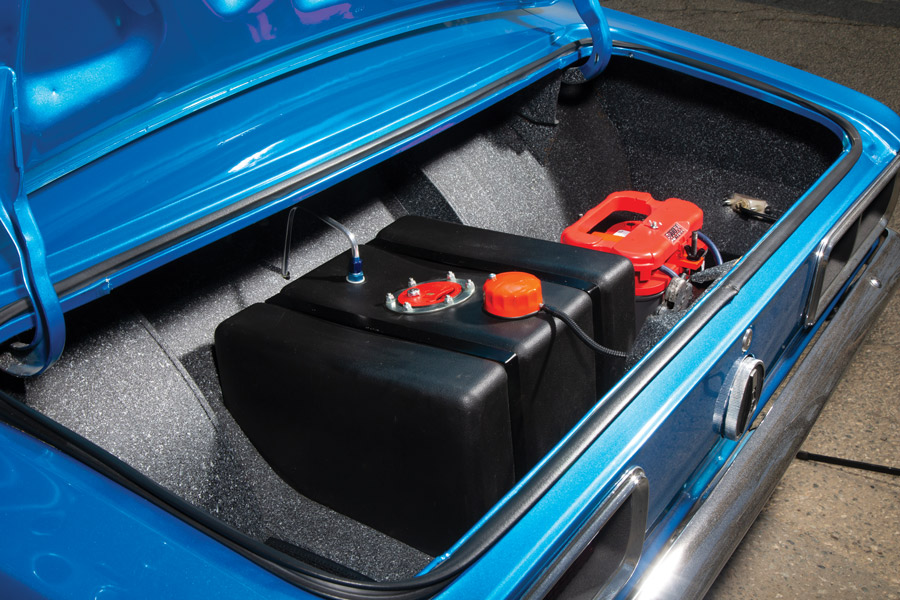
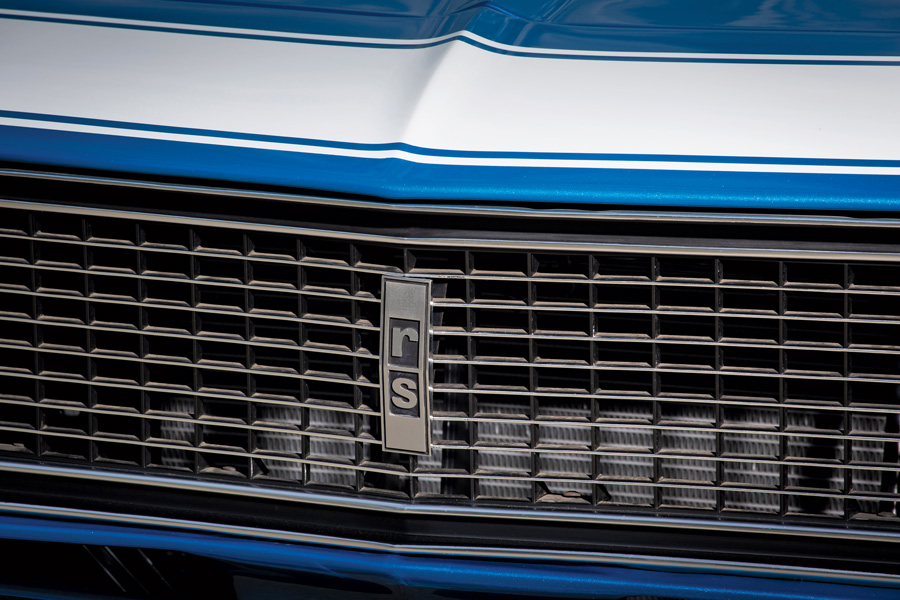

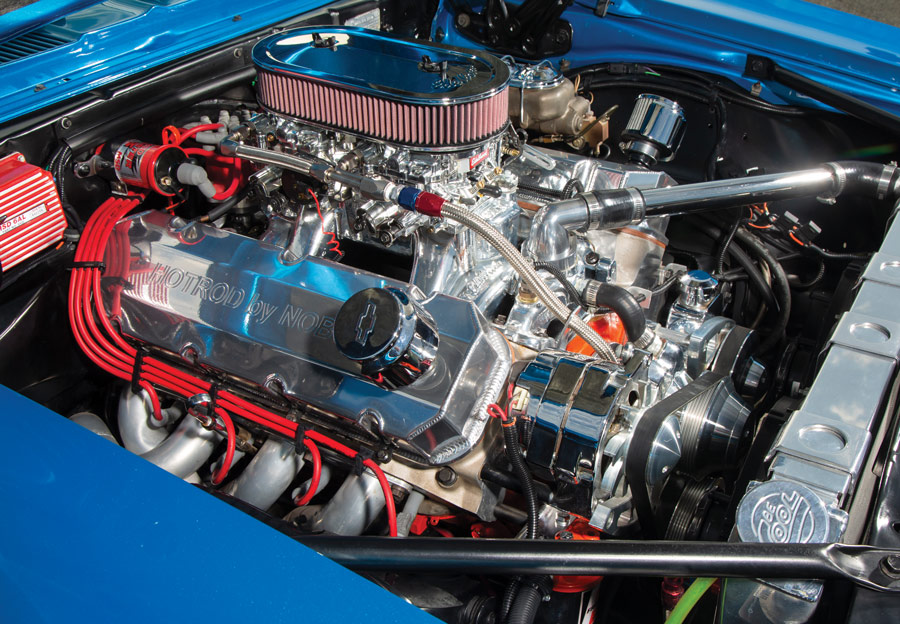
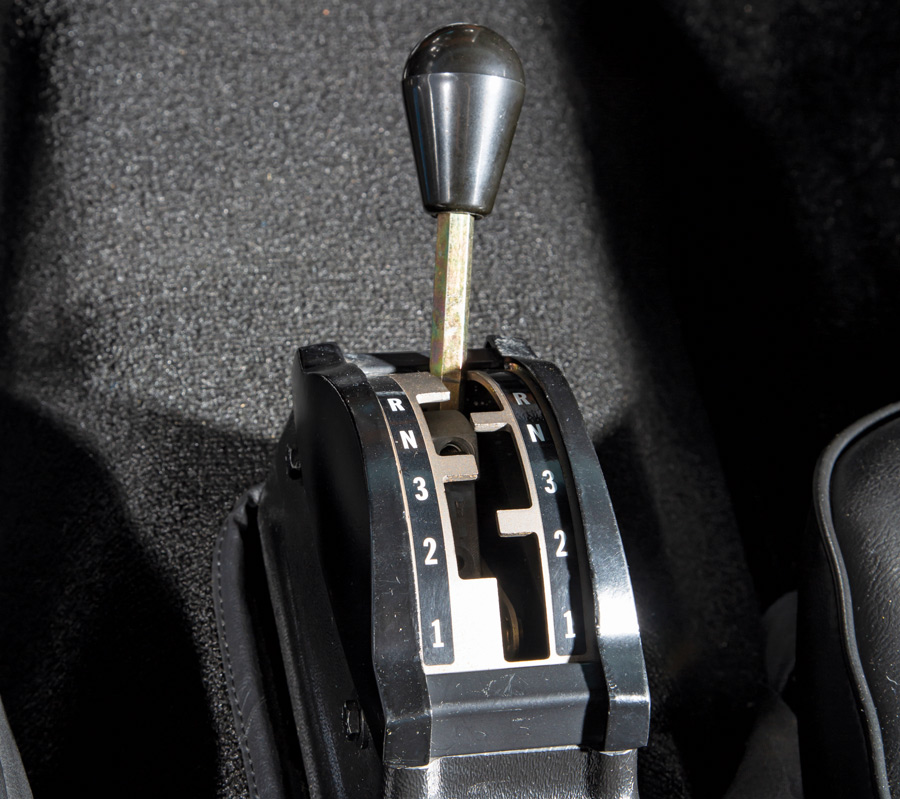
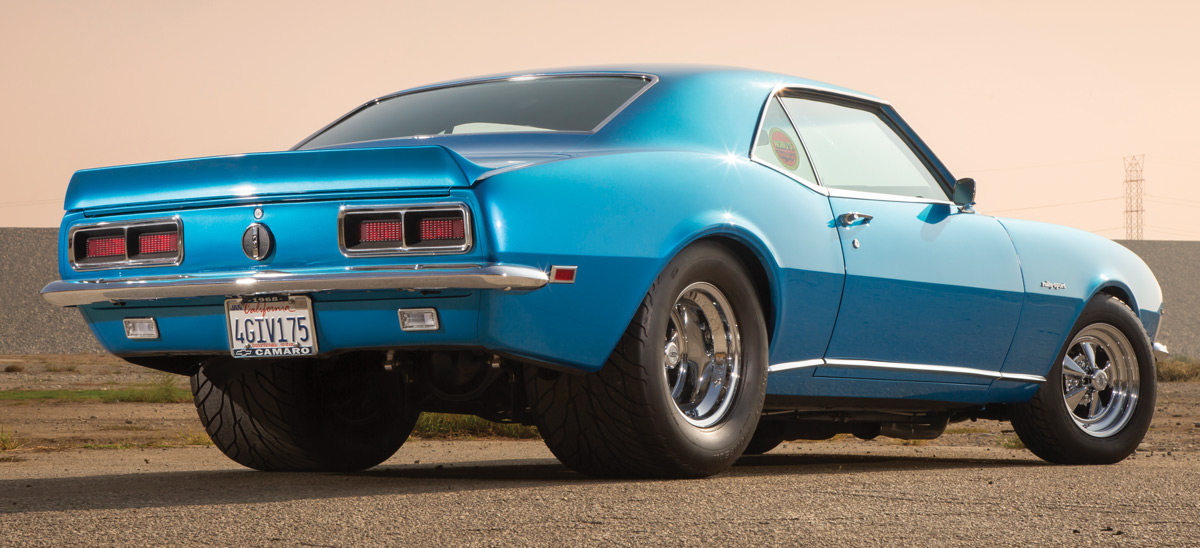
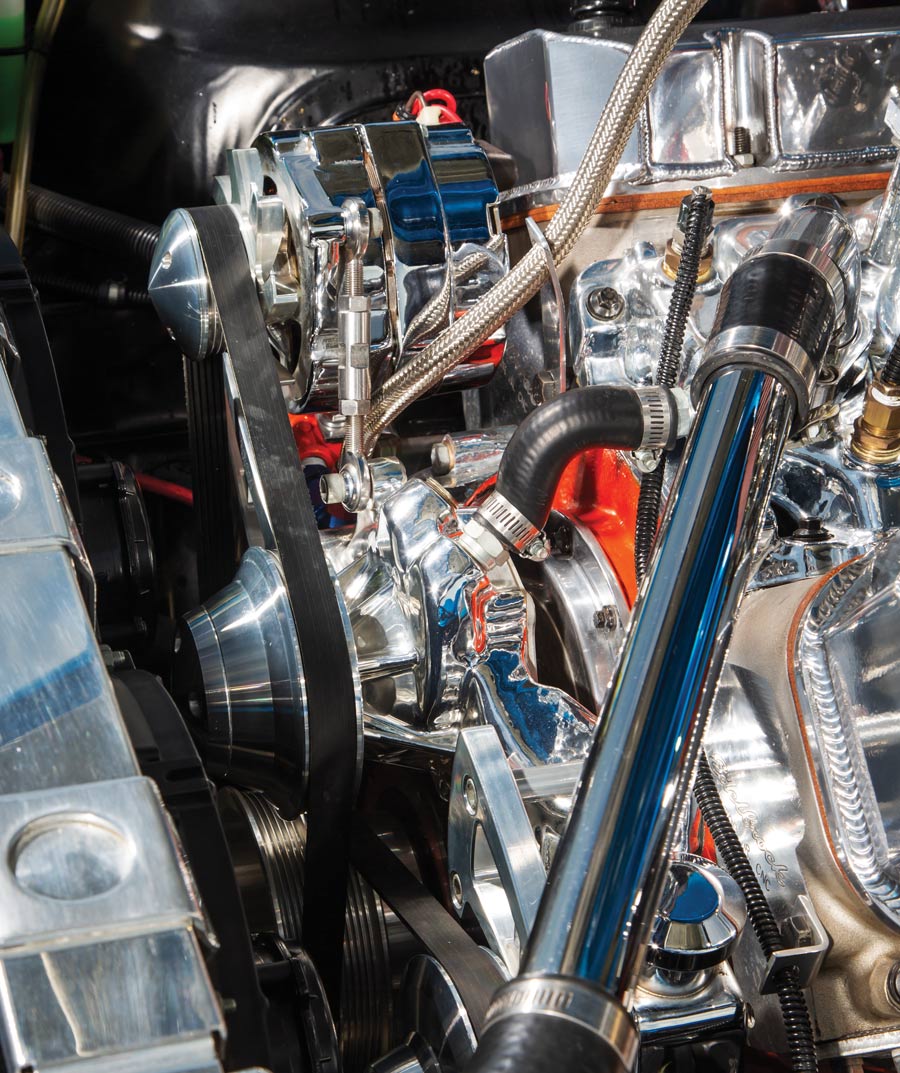
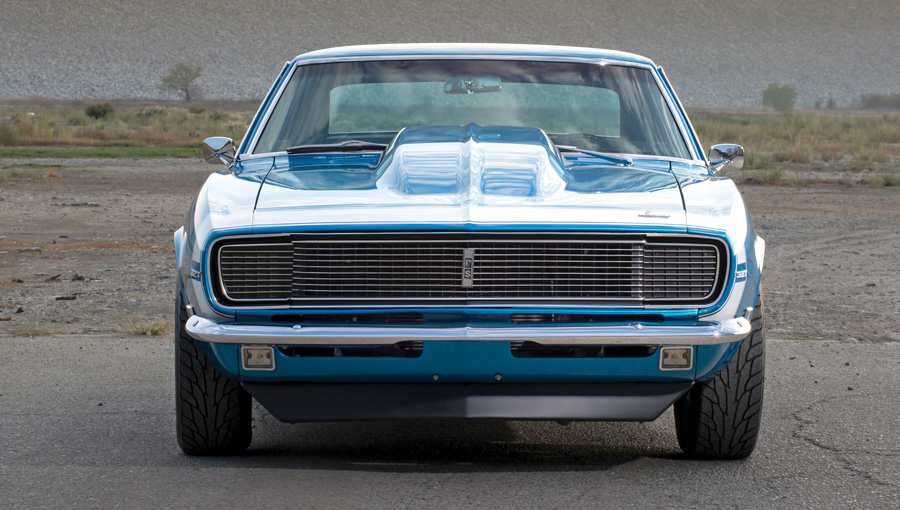
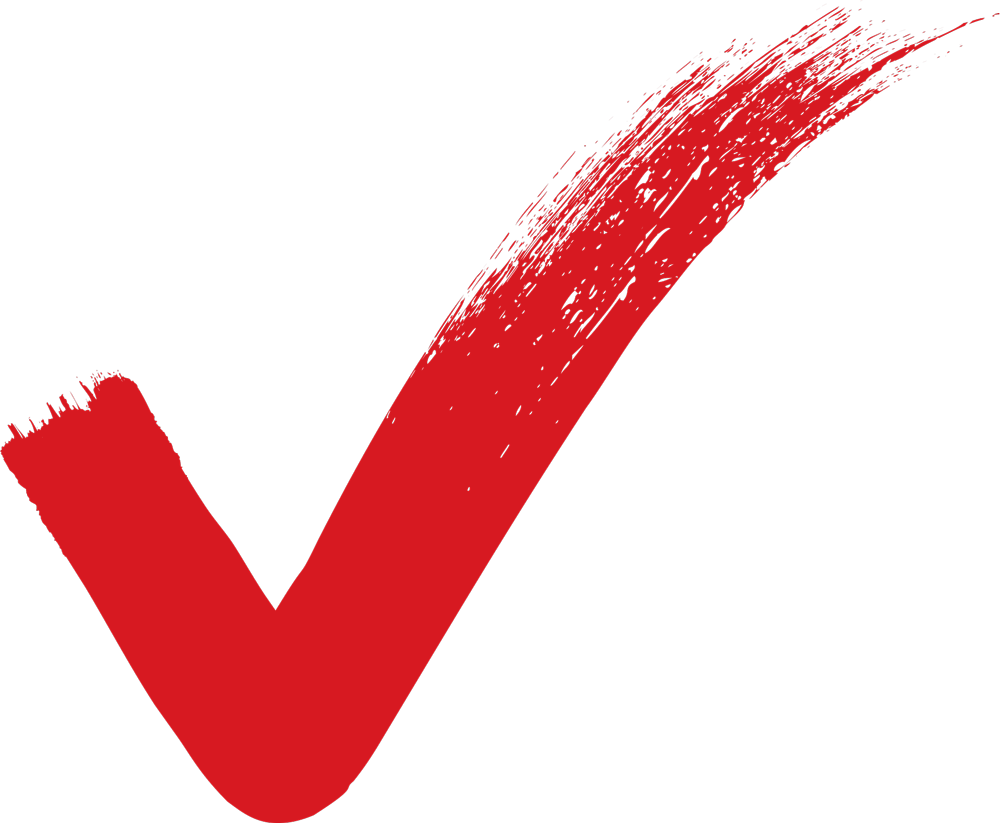
Vehicle: ’68 Chevy Camaro RS
Type: Dart Big M iron block
Displacement: 572 ci
Compression Ratio: 10:25
Bore: 4.500
Stroke: 4.500
Cylinder Heads: Edelbrock
Camshaft: Comp Cams roller
Induction: Edelbrock dual RPM Air Gap, Edelbrock chrome dual air cleaner
Ignition: MSD
Cooling: Four-row aluminum radiator, chrome Moroso water pump, dual electric fans
Exhaust: Hooker headers, custom 3-inch pipes by Larry of Lou’s Muffler Shop, MagnaFlow mufflers
Accessory Drive: March dual belt
Engine Dress-Up: Custom aluminum valve covers, chrome 110-amp alternator
Fuel Delivery: Dual Edelbrock AVS 800 carburetors
Built By: Nobu Oshiro, former owner of Nobu’s Auto Lab (Hollywood, CA)
Tuned By: Speed-O-Motive (West Covina, CA)
Transmission: ’70 GM Turbo 400 by Joe Bustamante of Boston Transmission Co. (Whittier, CA)
Driveshaft: Custom by Jim and Paul of Cook’s Machine Works (Los Angeles)
Frame: Chris Alston’s Pro Street four-link system
Steering: Stock GM close-ratio steering box
Front Suspension: GM stock spindles, big-block front springs, KYB shocks
Rear Suspension: 9-inch four-link with Panhard bar
Springs/Shocks: KYB shocks and Chris Alston’s VariShock
Brakes: Stock GM brake components with CPP booster kit and proportioning valve
Wheels: 15×8 and 15×14 Cragar chrome wheels
Tires: 26×8.00R15 LT and 29×18.00R15LT Mickey Thompson Sportsman S/R tire
Seats: Original GM seats and belts
Upholstery: Stock black vinyl material
Gauges: Factory GM dash, 10,000-rpm Equus tach, separate oil, temp, volt gauges
Steering: Original GM steering column and wheel
Carpet: Original stock style
Shifter: California Performance Turbo 400 gate shifter
Stereo: Stock GM head unit and speakers
Miscellaneous: Reproduction door panels, custom rear seat by Tito Auto Trim (Rosemead, CA)
Mods: Original RS body style, Harwood 4-inch cowl hood, electrically converted headlights, LED Lite sequential taillights, Classic Industries outer mirrors, factory door handles, front and rear bumpers rechromed by G&A Metal Polishing (Riverside, CA)
Paint: PPG Blue by Alex Gonzalez, bodywork by Chuy Jimenez